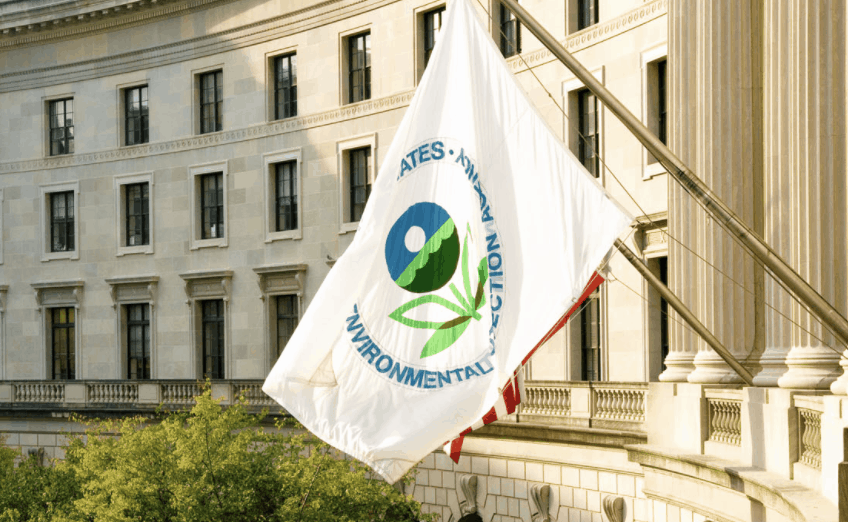EPA Releases Final Rule to Replace ‘Clean Power’ Plan

 Environmental Protection Agency Administrator Andrew Wheeler on June 19th signed the final rule to replace the so-called Clean Power Plan (CPP). The new rule to regulate greenhouse gas emissions from existing coal and natural gas power plants is called the Affordable Clean Energy (or ACE) rule. Notably, it eliminates the CPP’s novel “outside the fence” regulation of each state’s entire electric grid and returns to regulating each power plant’s emissions.
Environmental Protection Agency Administrator Andrew Wheeler on June 19th signed the final rule to replace the so-called Clean Power Plan (CPP). The new rule to regulate greenhouse gas emissions from existing coal and natural gas power plants is called the Affordable Clean Energy (or ACE) rule. Notably, it eliminates the CPP’s novel “outside the fence” regulation of each state’s entire electric grid and returns to regulating each power plant’s emissions.
The CPP was finalized by the Obama-era EPA in 2015. Implementation was staying by the Supreme Court in February 2017 while the rule was being litigated. Donald Trump promised in his presidential campaign to get rid of the CPP, and as president signed an executive order on March 28th 2017, which, among other de-regulatory actions, ordered the EPA to review the CPP. The final ACE rule accomplishes Trump’s campaign promise.
I haven’t had time to read the new rule yet—it’s 238 pages. The EPA has provided a useful fact sheet with links to other material. My Competitive Enterprise Institute colleague Marlo Lewis takes a first look in a post on OpenMarket titled “ACE Rule Massive Improvement over ‘Clean Power’ Plan.” Environmental pressure groups and the mainstream media have not been as positive. For instance, Vanity Fair magazine headlined its story, “Trump Deals Death Blow to the Planet.”
My initial reaction is that the ACE rule is much better than the Clean Power Plan. It’s not as damaging to the coal industry (although most—I hope—of the damage has already been done), not as threatening to grid reliability, and won’t raise electric rates as much. It is less illegal in two respects at least: it ends outside-the-fence regulation of the entire grid and it doesn’t claim that carbon capture-and-storage is an adequately demonstrated technology and therefore qualifies as the Best System of Emission Reduction (which is really part of the New Source Review Rule for new power plants, which we have been told is forthcoming).
On the other hand, it’s still illegal because it regulates greenhouse gas emissions from existing stationary sources under section 111d of the Clean Air Act, which is clearly prohibited in the statute for stationary sources that are already being regulated under section 112. Coal and gas plants are already regulated under section 112. It will be interesting to read the EPA’s response to official comments (like Marlo Lewis’s for CEI) that make this point.